Herpetology Vs. Ornithology
10,000 Birds
MARCH 2, 2011
home about advertise archives birds conservation contact galleries links reviews subscribe Browse: Home / Asides / Herpetology Vs. Ornithology Herpetology Vs. Ornithology By Corey • March 2, 2011 • 4 comments Tweet Share If you like science and comic strips you definitely want to read xkcd. Wicked, right?





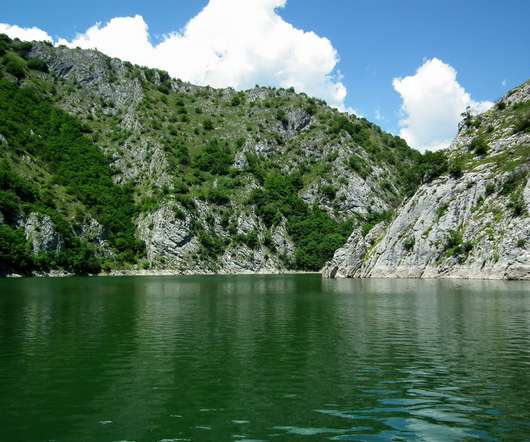

















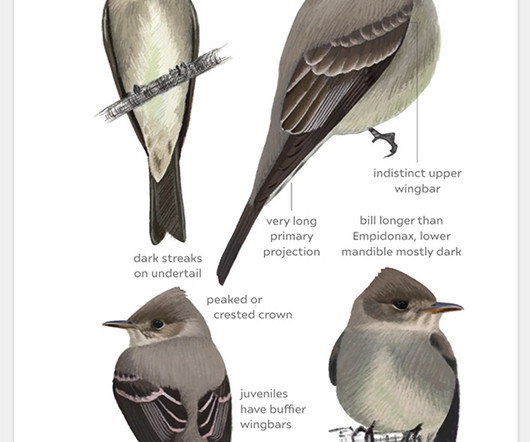
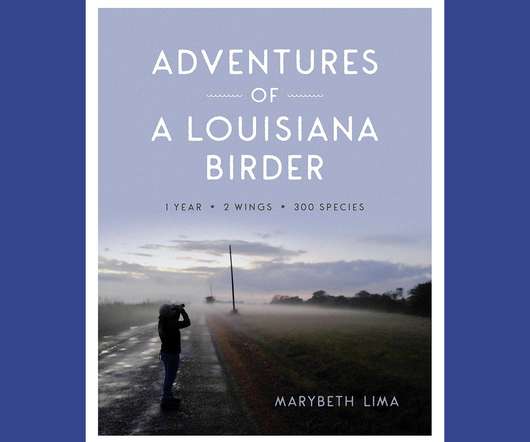
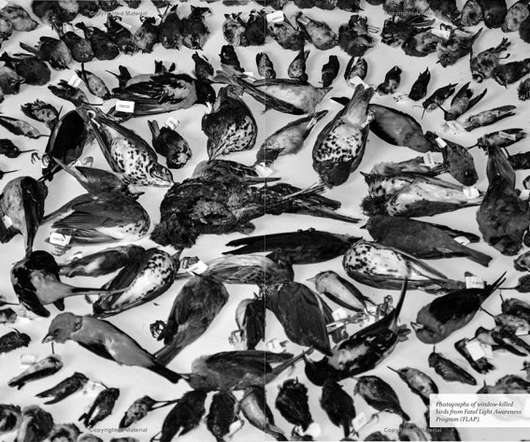
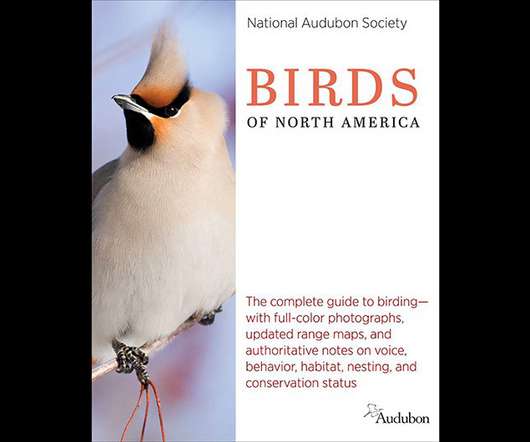









Let's personalize your content